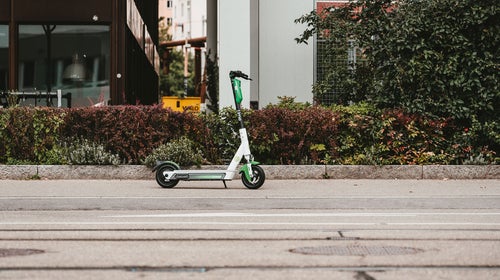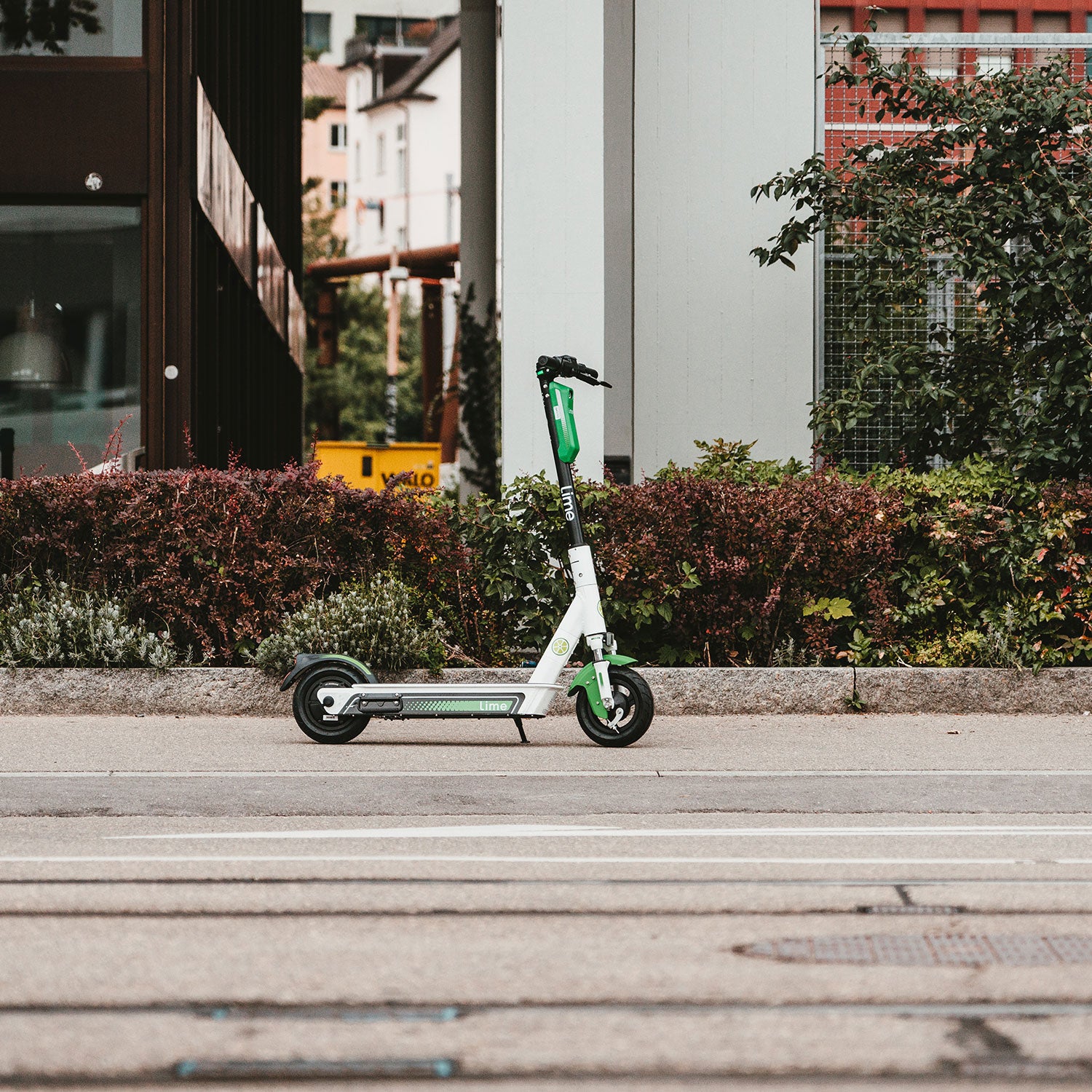It’s been about a year and a half since shareable e-scooters entered popular culture in earnest. in San Francisco in the spring of 2018, scooters were immediately hailed as harbingers of a new micro-mobility revolution—or derided as a public safety menace and symbol of tech bro arrogance run amok, depending on who you asked.
Today, in the U.S., policy concerning shareable e-scooters is as varied and inconsistent as public opinion. San Francisco banned them, then unbanned them, but in limited numbers and . Portland, Oregon, eventually allowed them as part of a . This past summer, New York State pertaining to e-bikes and e-scooters that legalizes both but specifically prohibits shared scooters in Manhattan, though in any case the bill remains unsigned by the governor, and so such conveyances remain in a state of legal limbo most effectively summed up with a *shrug* emoji.
For all the regional inconsistency regarding e-scooters, there’s one thing upon which most people seem to agree: they are dangerous. since the advent of the “e-scooter boom,” and there’s about all the injuries people have incurred while riding them. Yet despite the perceived danger, scooters remain incredibly popular, for the simple reason that they’re like the mushrooms in Mario Kart: an effortless burst of speed too irresistible to avoid as you make your way through an already chaotic cityscape.
But how dangerous are these things really? As a Gen-Xer who came of age during scare of the early 1980s, I’ve learned to question mass pearl-clutchings. Early this year, researchers from the University of California, Los Angeles published , and while it generated tons of headlines about how unlocking one with your phone is a one-way ticket to fracture city, if you tuned all that out and looked at the actual numbers (as I did) the data wasn’t especially scary. Basically, out of something like three million (!) scooter trips in a densely populated area of Southern California there were two severe injuries, a safety record of which even an ordinary household staircase would be envious. (Given and how much we love helmets it’s surprising nobody seems to be pushing for stair helmets.)
In April, another study got a lot of attention: the Austin Public Health and Transportation departments nearly a million scooter trips taken between September 5th and November 30th, 2018 in Austin, Texas and found 190 injuries, of which 80 were considered “severe.” (Researchers used the NTSB definition of “severe”, which includes any injury requiring hospitalization for more than 48 hours, or the fracture of any bone.) The bottom line was that shared e-scooter trips in Austin seemed to be yielding something like 20 injuries for every 100,000 trips. So is that bad? Alas, the subsequent flurry of did little to put this injury rate into any kind of perspective. (Are scooters really meaningfully more dangerous than, say, bathrooms, where ) Unsurprisingly though there were no shortage of exhortations in the media to while scootering—despite the fact that only 7 percent of injured riders in the Austin study reported or had evidence of traumatic brain injury.
So how best to gauge the relative danger of shared e-scooters? As a 21st century urban transit mode, it seems only natural to compare it to its older cousin, bike share. Sure, there’s always some crank in your social media feed insisting bike share users are a menace to themselves and others, but overall the consensus is that —. A found nine hospitalizations for 2,584,945 trips in 2013 for Capital Bike Share in Washington, D.C., and two hospitalizations for 246,926 in 2014 for Bay Area Bike Share. These injury rates are lower than the scooter injury rate in Austin, and would seem to support something you might suspect from looking at the two vehicles side-by-side, which is that a tank-like human-powered shared bicycle is maybe a bit less likely to put you on the pavement than a twist-and-go platform that rolls on small-diameter lawn mower wheels.
Then there are the fatalities. Sadly the bike share death rate in the United States is no longer at zero; there have been several in the past few years, though still fewer than the the 11 deaths we’ve seen so far for e-scooters. However, it’s also important to consider just how wildly popular these scooters are compared to bike share. As of 2018 for the year, and the gap is only getting bigger. Furthermore, these scooter trips are of cities where the quality of the non-car infrastructure ranges from okay to nonexistent, whereas bike share use is a bit more concentrated, with Citi Bike in New York City (the least car dependent city in the United States and the one with the most bike lanes) accounting for nearly half of all bike share trips. And while the scooter trips themselves may be more evenly distributed, the scooter deaths are not: a disproportionate number of them (four) have , a city with when it comes to safe streets. In short, you’re a lot more likely to be on dedicated bike infrastructure while riding a Citi Bike than you are while riding a scooter, and there are more people riding scooters than bike shares, so it only makes sense that the fatality rate is reflecting this.
So as alarming as the nationwide scooter death toll may be, it’s also essential to remember that so far in 2019, have been killed in New York City alone. At a certain point the distinction between bikes and e-scooters becomes meaningless. Here we are agonizing over whether scooters are in fact slightly more dangerous than bikes, while the majority of victims on foot, scooter, or bike are getting killed by the same thing: drivers. Ultimately it’s the cars that are inherently dangerous, not what’s winding up underneath them. And with , it’s only getting worse.
Driving in 2017, and a death rate of 12.35 per 100,000 people. The City of Santa Monica’s says nearly half of the 2,673,819 shared bike and scooter rides taken there from October 2018 to September 2019 replaced car trips. Portland’s says 34 percent of scooter trips replaced car trips, and that “e-scooter use has the potential to contribute to a reduction in serious injuries and fatalities.” Baltimore’s found that “scooters are not more dangerous than other modes of transportation,” and that “scooters appear to be involved with fewer injuries than walking and only slightly more than biking.” Given all this, trading in some of our car carnage for scooter trips seems like a fantastic bargain—but even the New York Times would rather than the potential benefits of a cultural shift away from using cars for short journeys.
We have a funny relationship with danger. Every Halloween, . This year, in Long Beach, California, . We’ve done nothing to discourage people from driving on the one day a year the streets of America are full of kids, though for most of my life we sure did squander a lot of time, energy, and emotion .����
Ultimately, freaking out about the dangers of scooters is like worrying about razor blades in candy apples: just another distraction from that SUV bearing down on you.


